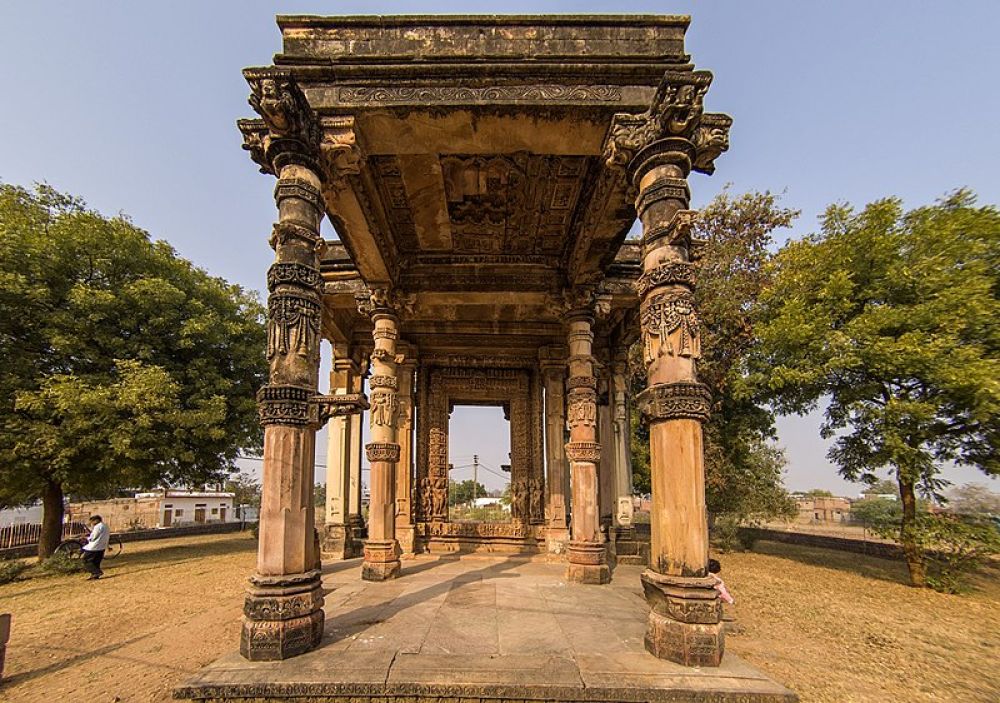

The Ghantai Temple, situated in Khajuraho, Madhya Pradesh, India, is one of the lesser-known yet historically significant Jain temples that once formed part of the Khajuraho group of monuments. These temples are renowned for their intricate and exquisite carvings, displaying various forms of art, spirituality, and culture. Although now in ruins, the Ghantai Temple provides insight into the religious tolerance and architectural grandeur of the past.
Tourism in Khajuraho has a rich history that commenced formally with the rediscovery of the temple complexes by the British engineer T.S. Burt in the 19th century. The area quickly gained prominence due to its unique and dramatic architecture. Recognized by UNESCO as a World Heritage Site in 1986, Khajuraho has since become a significant draw for both domestic and international tourists.
The history of tourism in Khajuraho is often traced through the various phases of restoration and conservation efforts. These efforts have not only helped preserve the temples but have also aided in providing better facilities for visitors, thus promoting sustainable tourism. The Indian Government and UNESCO have both played crucial roles in the conservation and promotion of Khajuraho as a prime cultural destination.
Although now a ruin, the Ghantai Temple still reflects the architectural magnificence of the Gupta period. Its name 'Ghantai' stems from the chain-and-bell motif that adorns its pillars, which is distinctive. Believed to have been constructed in the 10th century, the temple showcases an elaborate depiction of the 16 dreams of Mahavira’s mother and a multi-armed Jain goddess perched on a Garuda.
The latest tourism trend in Khajuraho involves a holistic experience that combines cultural immersion with luxury and wellness retreats. Visitors are increasingly interested in experiencing the local culture, cuisine, and festivities, such as the famous Khajuraho Dance Festival, which showcases classical Indian dances against the backdrop of the illuminated temples.
Furthermore, eco-friendly tourism is gaining traction, with establishments looking to minimize their carbon footprint and tourists opting for green hotels and tours. The advent of digital platforms and virtual reality tours has also opened new avenues for experiencing these ancient monuments from the comfort of one’s home, attracting a wider audience interested in India’s heritage.
For the more adventurous traveler, activities such as cycling tours around the temple complexes and nearby reserves, and exploring the less-traveled paths in the region provide a different perspective of this historical area.
The Ghantai Temple in Khajuraho stands as a testament to the rich cultural and religious diversity of India's past. While it may not be as grand or well-preserved as some of its neighboring temples, it offers visitors a glimpse into the spiritual and artistic achievements of Jainism during its heyday. As tourism trends evolve, Khajuraho continues to offer a blend of historical exploration and modern tourist amenities, ensuring that its legacy as a premier cultural destination is preserved for future generations.